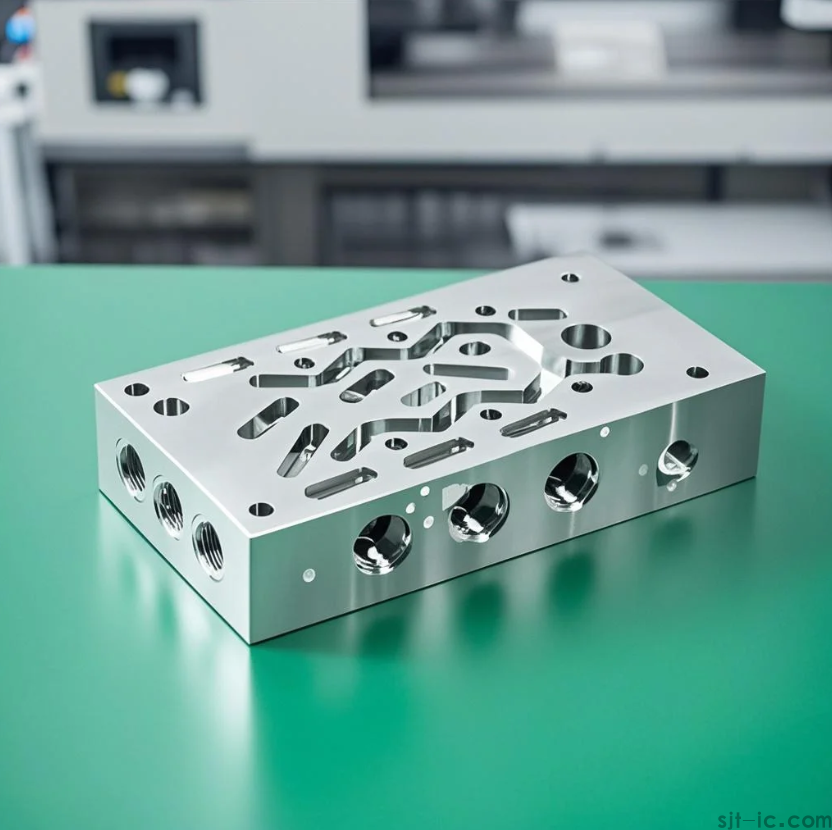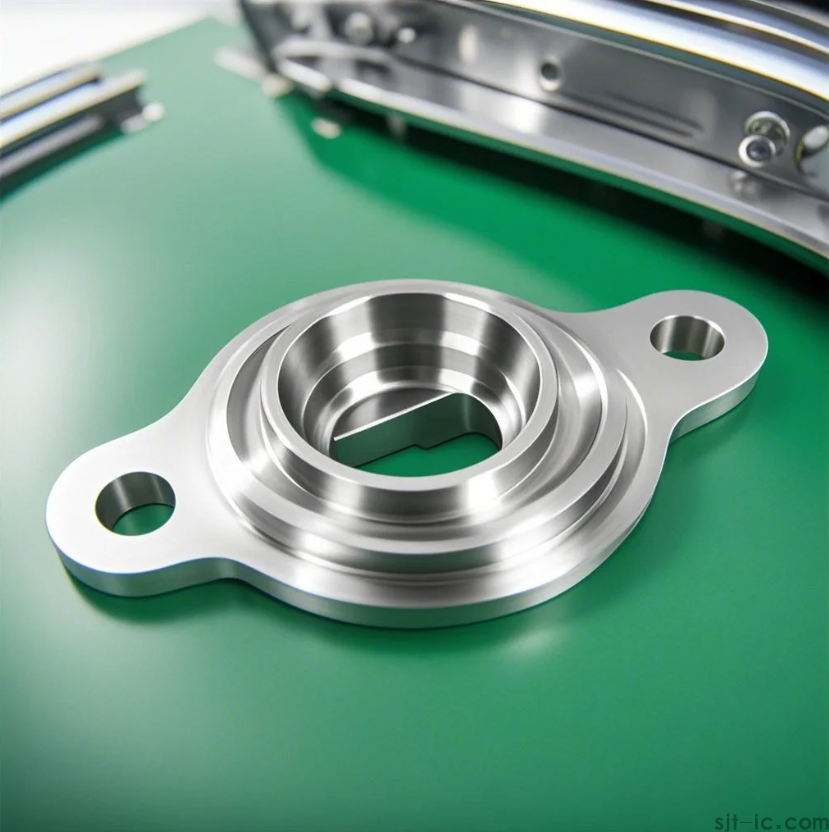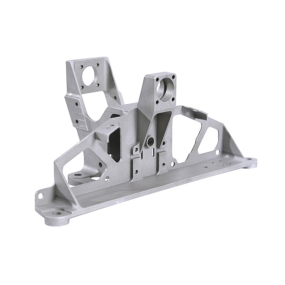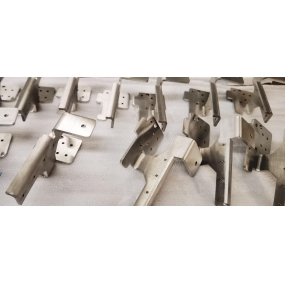Are you tired of seeing your budget bleed out in CNC batch production? 😫 As a procurement manager or business owner, you know that every dollar saved on machining can boost your bottom line. But let's be real—cost overruns in mass production are a common headache. Maybe you've tried tweaking designs or sourcing cheaper materials, only to face quality issues. Well, you're not alone! In this guide, we'll dive into the burning question: How can you actually cut costs without sacrificing quality in CNC batch jobs? Stick around, and I'll share some hands-on tips that I've seen work in the field. By the end, you'll have actionable ideas to streamline your operations. If you need personalized advice, don't hesitate to reach out to our online team for a chat! 🚀

What Are the Main Cost Drivers in CNC Batch Production?
First off, to tackle costs, we need to know where the money's going. In my experience, many businesses overlook the basics. Think of it like this: if you're driving a car and fuel costs spike, you'd check the engine first, right? Similarly, CNC batch production has key cost areas. Material waste is a big one—using more raw material than needed can jack up expenses. Then there's machine time; longer runs mean higher labor and energy bills. Tool wear and maintenance also add up, especially if you're not sche ** ng checks regularly. Oh, and let's not forget setup times—if your team takes ages to prep for a batch, that's dead money. But here's the thing: while these factors are common, their impact varies by project. For instance, in one case I saw, a client saved 15% just by optimizing material usage. So, start by auditing these areas in your process. It's a simple step, but it can reveal hidden savings!
How Can Design Optimization Help Lower Expenses?
Now, let's talk design. This is where you can make a huge difference early on. I often tell folks: "A smart design is like a blueprint for savings." By simplifying parts—say, reducing complex geometries or minimizing tight tolerances—you can cut machining time and material use. For example, using standard hole sizes instead of custom ones might shave off hours of work. But wait, there's a catch: sometimes, over-simplifying can affect functionality, so balance is key. Another trick is to design for easier fixturing, which speeds up setups. From what I've observed, companies that involve engineers in design reviews tend to spot these opportunities faster. However, I have to admit, the exact savings depend on your specific setup—what works for one might not for another. So, experiment with small changes and see how they play out. If you're unsure, our online experts can help brainstorm ideas tailored to your needs!

What Role Does Material Selection Play in Cost Reduction?
Materials might seem straightforward, but they're a goldmine for savings. Choosing the right stock can slash costs without compromising strength. For instance, opting for aluminum over titanium for non-critical parts often cuts material costs by half. But hold on—it's not just about picking the cheapest option. You've got to consider machinability; some materials are easier to work with, reducing tool wear and energy use. I've noticed that businesses who bulk-order common materials get better deals too. On the flip side, there's a blind spot here: the long-term durability of alternative materials isn't always clear. Like, will a switch to a composite affect product life? Honestly, the mechanism behind material fatigue in batch runs is something I'd need more data on. So, while it's tempting to go cheap, test samples first. That way, you avoid nasty surprises down the line.

How Can Efficient Tooling and Maintenance Cut Costs?
Tooling is another area where small changes add up. Think of your CNC tools as the workforce—if they're tired, everything slows down. Regular maintenance, like sharpening cutters and calibrating machines, prevents breakdowns that cause expensive delays. In my view, a proactive schedule beats reactive fixes any day. For example, using high-quality tools might cost more upfront, but they last longer, reducing replacement frequency. But here's a twist: although this sounds solid, I've seen cases where over-maintenance led to unnecessary downtime. So, maybe it's about finding that sweet spot. Also, consider toolpath optimization software—it can trim machining time by 10-20%, though the exact efficiency gain varies by machine. If you're not tech-savvy, our team can guide you through simple software tweaks. Just remember, a well-oiled machine isn't just a saying; it's a cost-cutter!
What About Batch Sche ** ng and Workflow Improvements?
Lastly, let's dive into workflow. How you schedule batches can make or break your budget. Grouping similar jobs together minimizes setup changes, saving time and labor. I often recommend using a first-in-first-out approach to keep things moving smoothly. But wait, there's more: investing in employee training can boost efficiency, as skilled operators spot issues faster. From my experience, companies that track key metrics—like cycle times—often identify bottlenecks easily. However, I'll be honest, the impact of workflow tweaks isn't always instant; it might take a few cycles to see results. Plus, there's that logical flaw we all make: assuming faster always means cheaper. Sometimes, rushing leads to errors that cost more to fix. So, pace yourself and monitor progress. If you need help setting up a tracking system, hit up our online support—they're great at tailoring solutions!
There you have it—a rundown on trimming costs in CNC batch production. Whether it's tweaking designs or fine-tuning workflows, these steps can help you keep more cash in pocket. I'd love to hear your thoughts or see how you apply these ideas! For deeper dives, our online crew is just a click away. 😊


 Spanish
Spanish Arabic
Arabic French
French Portuguese
Portuguese Belarusian
Belarusian Japanese
Japanese Russian
Russian Malay
Malay Icelandic
Icelandic Bulgarian
Bulgarian Azerbaijani
Azerbaijani Estonian
Estonian Irish
Irish Polish
Polish Persian
Persian Boolean
Boolean Danish
Danish German
German Filipino
Filipino Finnish
Finnish Korean
Korean Dutch
Dutch Galician
Galician Catalan
Catalan Czech
Czech Croatian
Croatian Latin
Latin Latvian
Latvian Romanian
Romanian Maltese
Maltese Macedonian
Macedonian Norwegian
Norwegian Swedish
Swedish Serbian
Serbian Slovak
Slovak Slovenian
Slovenian Swahili
Swahili Thai
Thai Turkish
Turkish Welsh
Welsh Urdu
Urdu Ukrainian
Ukrainian Greek
Greek Hungarian
Hungarian Italian
Italian Yiddish
Yiddish Indonesian
Indonesian Vietnamese
Vietnamese Haitian Creole
Haitian Creole Spanish Basque
Spanish Basque










